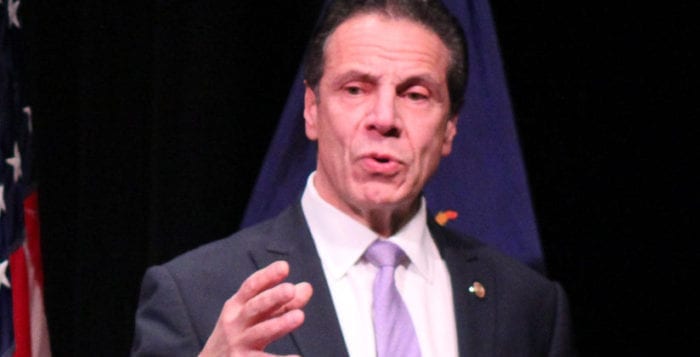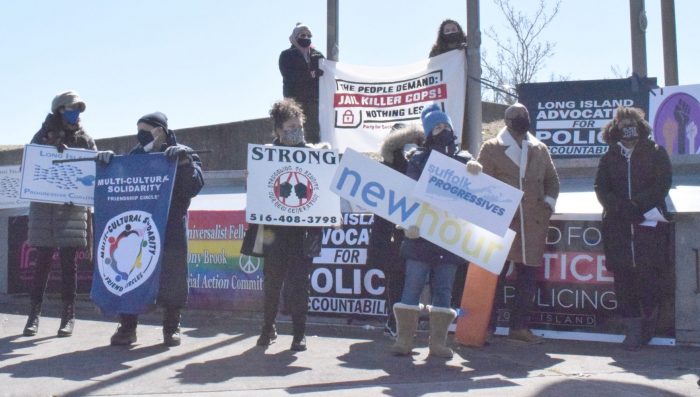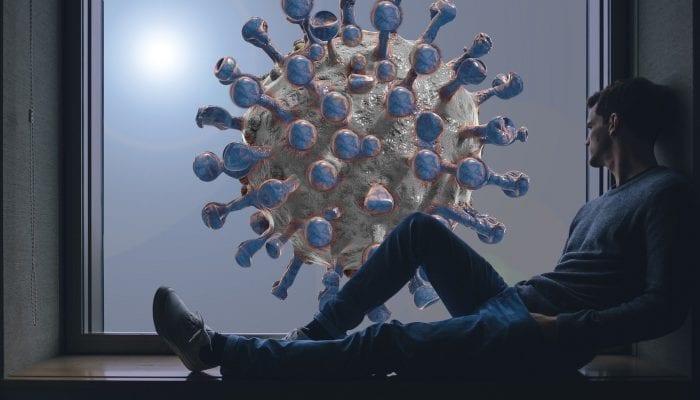Last week, a Shirley man was killed on the streets of Port Jefferson in broad daylight.
He was gunned down at 3:35 p.m., outside the Dunkin’ Donuts that many of us frequent on our way to work.
It’s a tragedy. No one deserves to die.
But here’s where another problem lies: The impact of social media when it comes to an incident such as the one on that Wednesday.
People began spreading rumors across Facebook, in private — and not so private — groups. They claimed there was an active shooter, a robbery gone wrong, a drive-by gunman attacking the innocent women and children enjoying the sunshine.
None of that was true.
It was mind-boggling, seeing what people were posting online while an active investigation was going on. They blamed the local government, the Suffolk County Police Department, the school district, the media — one resident even posted that this event in our village was all the fault of President Joe Biden (D).
Some residents began playing detective or journalist — they wanted to track down the guy who “soiled” our perfect little town. Some used it as a jumping pad for their own agendas.
Everyone made it about them.
Even a comment such as, “That could have been me dead,” is false. This was a targeted attack between two men.
We understand this was scary — we were frightened, too. But this was someone’s son, a brother, a friend. No matter what he got caught up in, someone lost their life the other day.
Stop meddling in what the police and local government are trained to do in these situations.
On Facebook, people shared photos of David Bliss Jr. dying in the street. In one of the photos, you see him lying there, covered in blood while people hold up their phone cameras around him.
How would you feel? Your last visions of the world are of people leaning above you, filming your last breath.
We are disappointed in the community. Instead of coming together, they are taking the event personally and spreading fear among others.
Let the mayor do her job. Let the police do their job and let the media do their job.
Things are kept private for a reason. Names and residencies are not released because an investigation is ongoing. Any leaked information can completely ruin a case.
And that’s the worst part. People began believing false rumor-filled Facebook threads and posts. The rumors caused anxiety and instead of coming together, it pulled people even further apart.
We found out the shooter was from Port Jefferson Station — not far from where he killed the 25-year-old man — and he was found within 72 hours thanks to the village cameras and hard work of law enforcement.
Unfortunately, this isn’t the first time something like this has happened on social media as we have seen it happen with other incidents across the Island, state, country and around the globe. And in those events, social media took over, too.
Only newspapers and their digital media check all facts. Social media does not.
It’s sad, it’s terrible, but it happened, and we need to grow from it.
We can all do better.
Go to TBR News Media for accurate breaking news.

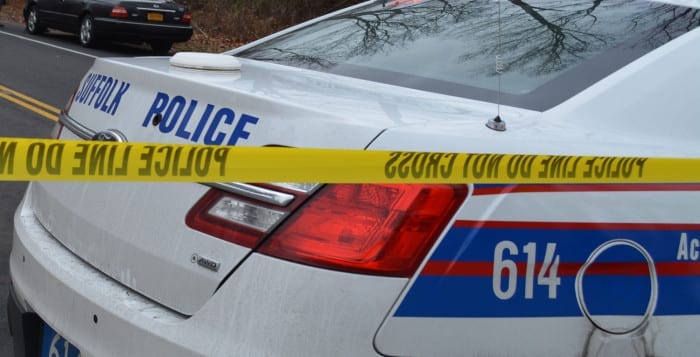
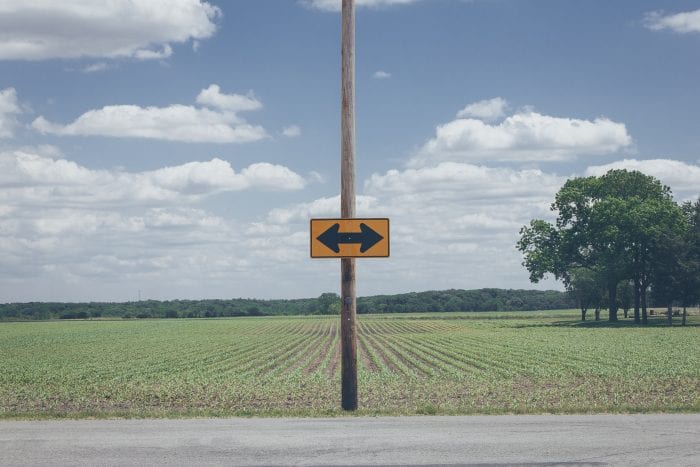



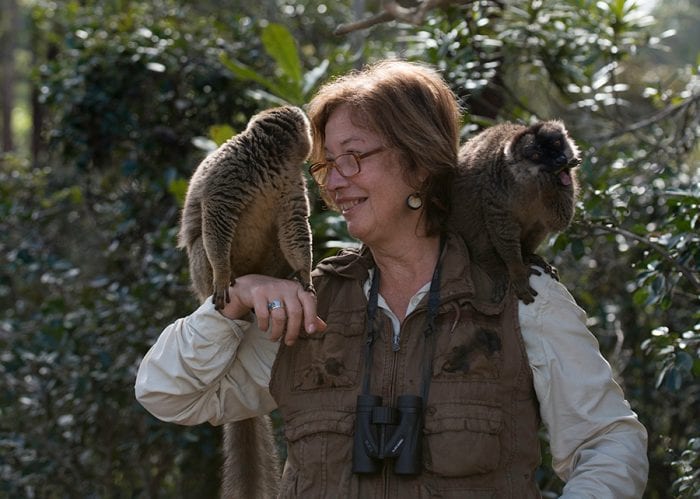
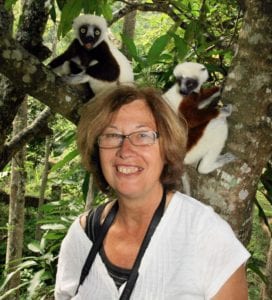 Wright: I flew back in January just after New Year’s. The Madagascar I saw was a lot different from New York. They have been able to stave off Covid by not allowing people into the country. It’s an island nation. There’s only one international airport. It was in some ways, a little bit better than in New York because there was less Covid. However, economically, it was a disaster because much of the gross national product for Madagascar is tourism and there has been absolutely no tourists there, and no researchers, either.
Wright: I flew back in January just after New Year’s. The Madagascar I saw was a lot different from New York. They have been able to stave off Covid by not allowing people into the country. It’s an island nation. There’s only one international airport. It was in some ways, a little bit better than in New York because there was less Covid. However, economically, it was a disaster because much of the gross national product for Madagascar is tourism and there has been absolutely no tourists there, and no researchers, either.